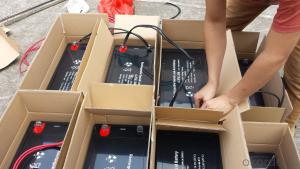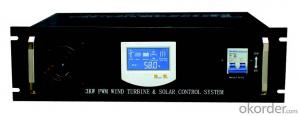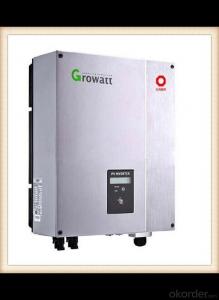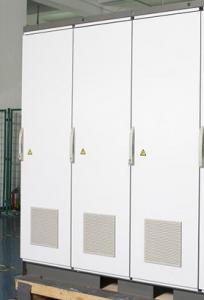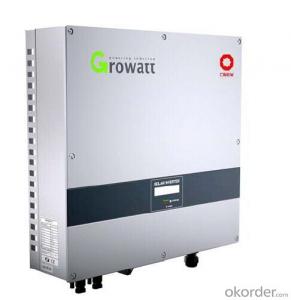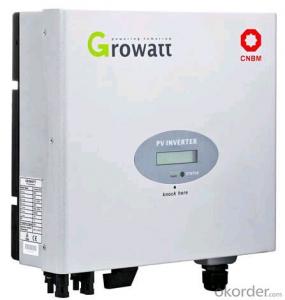Enertech Solar Hybrid Inverter
Enertech Solar Hybrid Inverter Related Searches
Canopy For Solar Inverter Awning For Solar Inverter Solar Inverter For Rv Inverter For Solar Quality Solar Inverter Best Solar Inverter In Kerala Top Solar Inverter In Pakistan Plug In Solar Inverter Solar Inverter In Pakistan Spd In Solar InverterHot Searches
Type Of Inverter For Solar Types Of Inverter For Solar Used Solar Inverter For Sale Inverter Size For Solar System Solar Edge Inverter For Sale 5kw Solar Inverter For Sale Solar Inverter For Sale Solar Inverter For Battery Solar Inverter For Split Ac Solar Inverter For Laptop Solar Inverter For Fridge Solar With Inverter Price Solar Inverter With 2 Battery Solar Inverter With Ac Outlet Solar Inverter Price In China Best Solar Inverter In China Solar Inverter Price In Dubai Solar Inverter Price In Uae Solar Inverter Price In Kenya Solar Inverter For FridgeEnertech Solar Hybrid Inverter Supplier & Manufacturer from China
Okorder.com is a professional Enertech Solar Hybrid Inverter supplier & manufacturer, offers integrated one-stop services including real-time quoting and online cargo tracking. We are funded by CNBM Group, a Fortune 500 enterprise and the largest Enertech Solar Hybrid Inverter firm in China.Hot Products
FAQ
- The role of a bypass switch in a solar inverter is to provide an alternate path for the solar energy to flow in case of a fault or failure in the inverter. It allows the solar power to bypass the inverter and directly feed into the grid or another designated load, ensuring continuous power supply and preventing any disruptions in the system.
- Insulation resistance measurement in a solar inverter is crucial as it helps ensure the safety and efficiency of the electrical system. By measuring the insulation resistance, any potential faults or deteriorations in the insulation can be detected, preventing electrical leakage or short circuits. This measurement also helps identify any insulation breakdowns that may compromise the performance and reliability of the solar inverter. Ultimately, insulation resistance measurement is essential for maintaining the integrity of the solar inverter and ensuring the safety of both the electrical system and the people using it.
- Yes, solar inverters can typically be used in areas with high temperature fluctuations. Most modern solar inverters are designed to operate within a wide temperature range, allowing them to function properly even in environments with significant temperature variations. However, it is always important to consider the specific temperature range mentioned in the inverter's specifications to ensure optimal performance and longevity.
- Voltage regulation is crucial for the optimal performance of a solar inverter. It ensures that the output voltage of the inverter remains within a specific range, typically the utility grid's voltage standards. Proper voltage regulation prevents overloading or underloading of the electrical devices connected to the inverter, safeguarding them from potential damage. Additionally, maintaining a stable output voltage enhances the efficiency and reliability of the solar inverter, allowing it to deliver consistent power to the connected load and maximize the overall system performance.
- Solar inverters, also known as photovoltaic (PV) inverters, play a crucial role in converting the direct current (DC) electricity generated by solar panels into alternating current (AC) electricity that can be used to power homes or businesses. In order to ensure the safe and efficient operation of solar inverters, they are equipped with various safety features. One of the primary safety features in a solar inverter is the ground fault protection. This feature is designed to detect any current leakage to the ground, which could indicate a fault in the system. If a ground fault is detected, the inverter will immediately shut down to prevent any potential electrocution hazards. To protect against overvoltage situations, solar inverters are equipped with surge protection devices (SPDs). These devices are responsible for diverting excessive voltage spikes or surges to the earth, thereby protecting the inverter and other connected electrical equipment from damage. In the event of a grid power outage or blackout, solar inverters are equipped with anti-islanding protection. This feature ensures that the inverter automatically disconnects from the grid, preventing any power backfeeding, which could pose a serious threat to utility workers trying to repair the grid. Temperature monitoring is another crucial safety feature in solar inverters. Since inverters can generate heat during operation, they are equipped with temperature sensors to monitor the internal temperature. If the temperature exceeds the safe limit, the inverter will automatically shut down to prevent any potential fire hazards. Furthermore, solar inverters are often equipped with built-in arc fault circuit interrupters (AFCIs). These devices are designed to detect and interrupt dangerous arc faults that can occur due to damaged or deteriorating wiring connections. By quickly stopping the flow of electricity, AFCIs help to prevent electrical fires. Lastly, many solar inverters have advanced monitoring and diagnostic systems. These systems provide real-time data and alerts, allowing users or installers to identify and address any potential safety issues promptly. Overall, the safety features in a solar inverter are crucial in ensuring the safe and reliable operation of the system. These features protect against electrical hazards, prevent damage to the inverter and connected equipment, and contribute to the overall safety of the solar power generation system.
- The temperature range for optimal operation of a solar inverter typically falls between 0°C (32°F) to 40°C (104°F).
- A solar inverter synchronizes with the electrical grid by constantly monitoring the grid's voltage and frequency. It adjusts its own output voltage and frequency to match those of the grid, ensuring seamless integration and safe operation. This synchronization process allows the solar inverter to feed power into the grid and maintain grid stability.
- Yes, solar inverters require regular maintenance to ensure optimal performance and longevity. This typically includes cleaning the unit and its surroundings to prevent dust buildup, checking for any loose connections or wiring issues, inspecting for physical damage, and monitoring the inverter's performance through regular system checks. Additionally, firmware updates and software upgrades may be necessary to enhance efficiency and address any potential issues.













